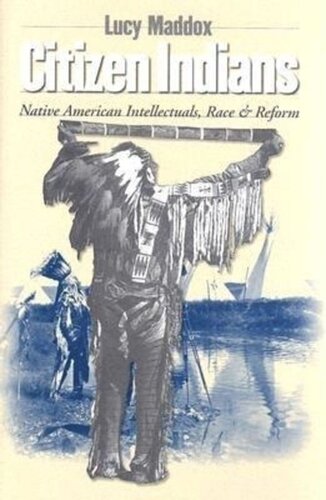

Most ebook files are in PDF format, so you can easily read them using various software such as Foxit Reader or directly on the Google Chrome browser.
Some ebook files are released by publishers in other formats such as .awz, .mobi, .epub, .fb2, etc. You may need to install specific software to read these formats on mobile/PC, such as Calibre.
Please read the tutorial at this link: https://ebookbell.com/faq
We offer FREE conversion to the popular formats you request; however, this may take some time. Therefore, right after payment, please email us, and we will try to provide the service as quickly as possible.
For some exceptional file formats or broken links (if any), please refrain from opening any disputes. Instead, email us first, and we will try to assist within a maximum of 6 hours.
EbookBell Team

4.0
26 reviewsBy the 1890s, white Americans were avid consumers of American Indian cultures. At heavily scripted Wild West shows, Chautauquas, civic pageants, expositions, and fairs, American Indians were most often cast as victims, noble remnants of a vanishing race, or docile candidates for complete assimilation. However, as Lucy Maddox demonstrates in Citizen Indians, some prominent Indian intellectuals of the era—including Gertrude Bonnin, Charles Eastman, and Arthur C. Parker—were able to adapt and reshape the forms of public performance as one means of entering the national conversation and as a core strategy in the pan-tribal reform efforts that paralleled other Progressive-era reform movements.Maddox examines the work of American Indian intellectuals and reformers in the context of the Society of American Indians, which brought together educated, professional Indians in a period when the "Indian question" loomed large. These thinkers belonged to the first generation of middle-class American Indians more concerned with racial categories and civil rights than with the status of individual tribes. They confronted acute crises: the imposition of land allotments, the abrogation of the treaty process, the removal of Indian children to boarding schools, and the continuing denial of birthright citizenship to Indians that maintained their status as wards of the state. By adapting forms of public discourse and performance already familiar to white audiences, Maddox argues, American Indian reformers could more effectively pursue self-representation and political autonomy.